El Espinal de Exopto 2018
Descripción
El Espinal, cuyo nombre procede del viñedo del que se obtienen las uvas para su elaboración, es parte de una colección de vinos auténticos y sinceros que rinde homenaje a Miguel Ángel Mato, labrador apasionado y viticultor emérito natural de San Vicente de la Sonsierra. A través de este vino, Tom Puyaubert busca resaltar el carácter único de sus mejores parcelas y revalorizar el trabajo del hombre, componente primordial de la noción de terroir junto al suelo y al clima.
Ficha técnica
Cata
Viñedo y elaboración
Opinión de los críticos
The single-vineyard red 2018 El Espinal was produced with fruit from a plot in San Vicente de la Sonsierra at 650 meters in altitude in a cooler zone surrounded by pine trees. The vineyard has sandy soils with clay and limestone and was planted some 25 years ago with Maturana Tinta regrafted on Garnacha. The grapes ripened thoroughly in 2018, and this variety, relative to Cabernet Franc and Carmenère, behaves well in cooler, more Atlantic vintages. The grape needs a long cycle, and they harvested it on the 31st of October. It fermented in 225-liter barrels and matured in 600-liter barrels for 15 months. The vinification in barrique is more an infusion, and he does that to avoid too much extraction and excessive green notes. It has a very bright purple color, very clean, as the nose is also, bright and clean. This shows the austere and mineral character of the vintage, a wine with backbone and length, quite unusual, with ripe black fruit and graphite, austere rather than showy, with just a peppery twist, developing some notes of Mediterranean herbs with time in the glass. The palate is full-bodied, with terrific balance with super-fine tannins and sparking acidity. This is less herbal and fresher than the 2017; it's very tasty. 1,200 bottles were filled in March 2020. A very unusual but very good Rioja; it would be fun to put it in a Bordeaux blind tasting... - Luis Gutiérrez.
Flamboyant aromas of crushed berries, raspberries and black cherries. Full-bodied with lovely fruit and a rich finish. It’s very ripe, but remains fresh, if a little rustic. Drink now.
This amazing, high-altitude parcel of Maturana Tinta was grafted on to a Garnacha planting in 1995 and is one the most exciting examples of this increasingly fashionable grape in Rioja. Floral, dense and complex, it's like a Cabernet Franc on steroids, with intense graphite and cut grass aromas, fine tannins, subtle oak and layers of black cherry, mint and liquorice. 2024-32

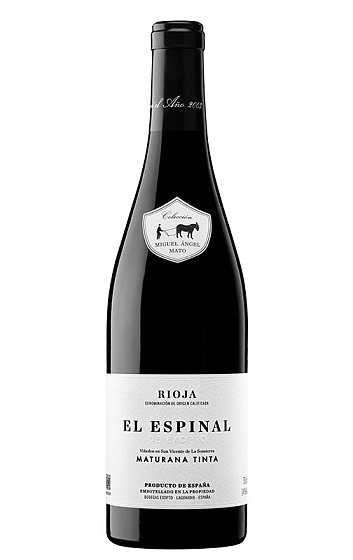

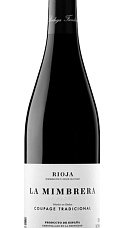
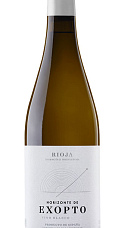
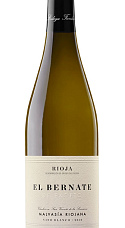
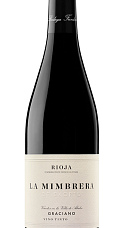


Añadas: 2021 2019 2018 2017
Esta añada no tiene valoraciones todavía. Pincha en las otras añadas para ver sus valoraciones.
Esta añada no tiene valoraciones todavía. Pincha en las otras añadas para ver sus valoraciones.
Rioja curioso,evoluciona en copa a notas de matorral Mediterráneo, taninos delicados y cierta acidez que lleva a notas herbales atlánticas